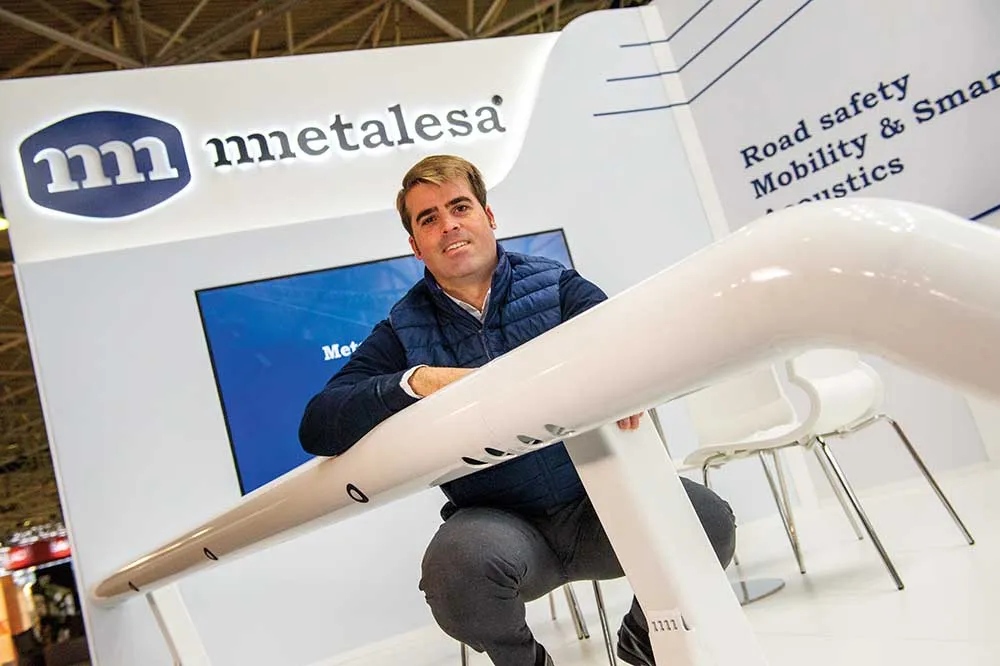The
Austrian Institute of Technology developing driver assistance systems
The Austrian Institute of Technology (AIT) will be presenting its developments in image processing at Vision 2016, including a driver assistance system for trams and fully autonomous vehicles such as a modern drive-by-wire tractor recently which has been developed into a completely autonomous vehicle for use in special off-road scenarios.
October 28, 2016
Read time: 1 min










